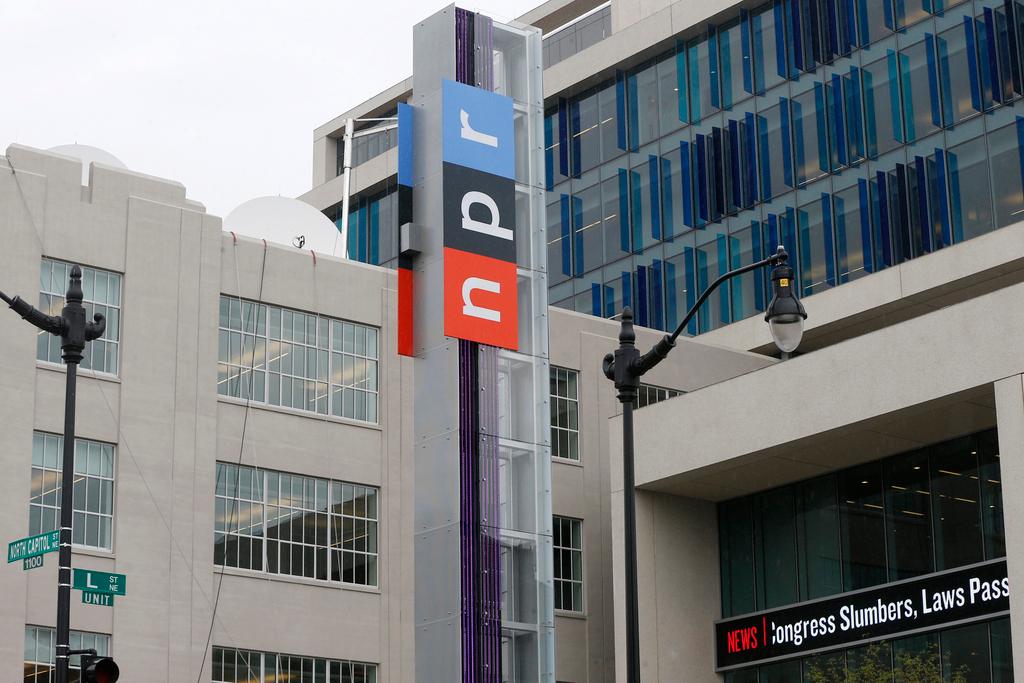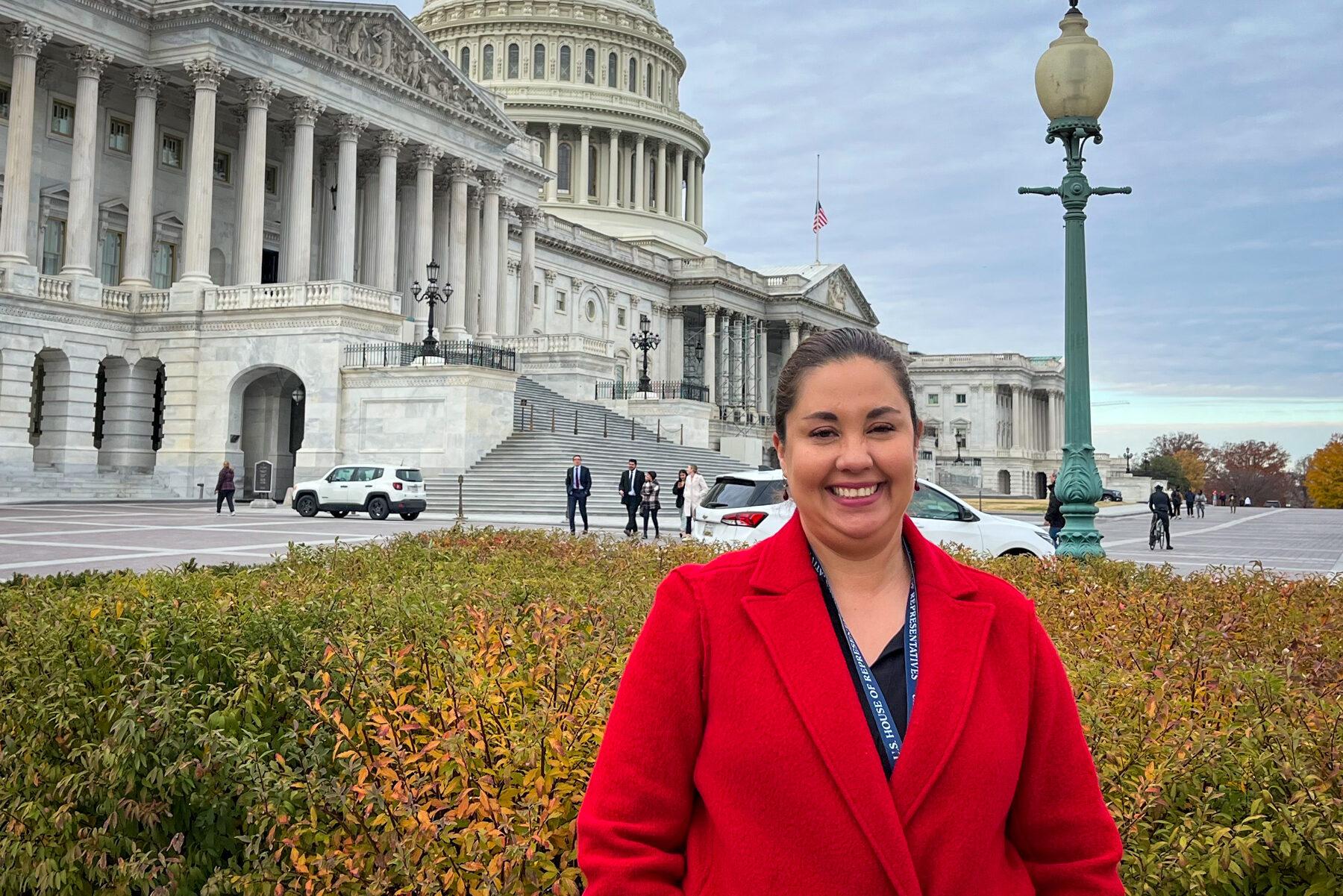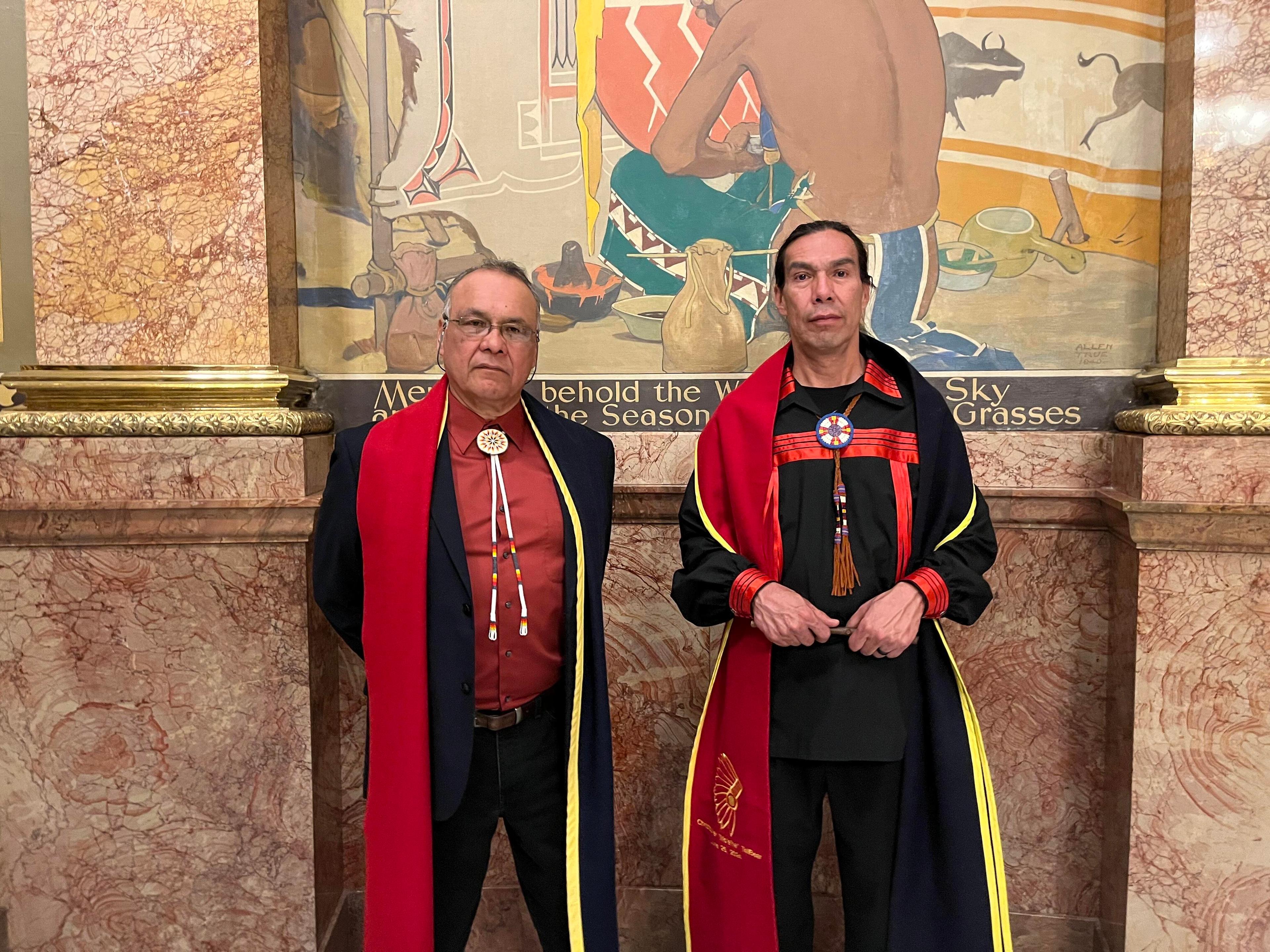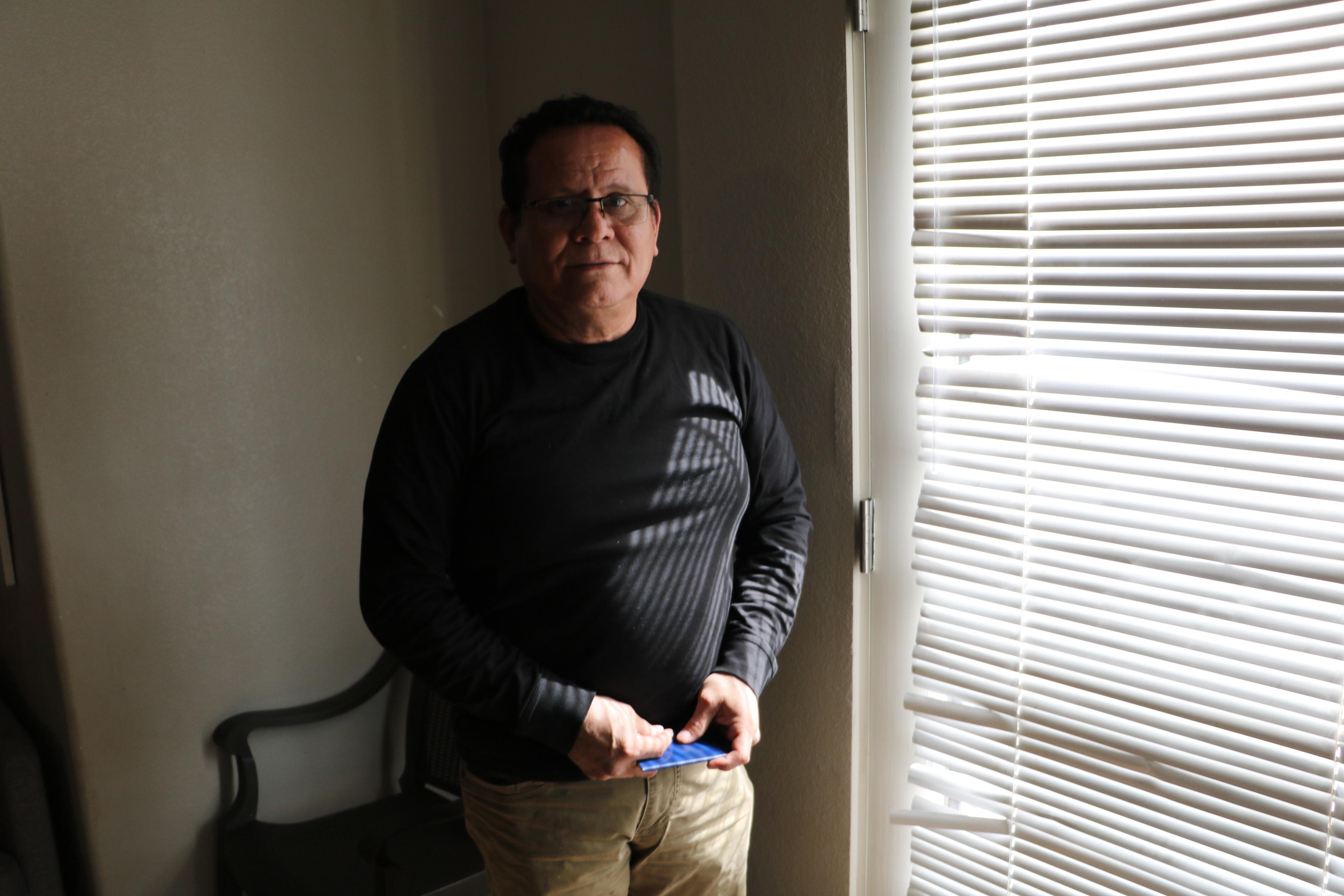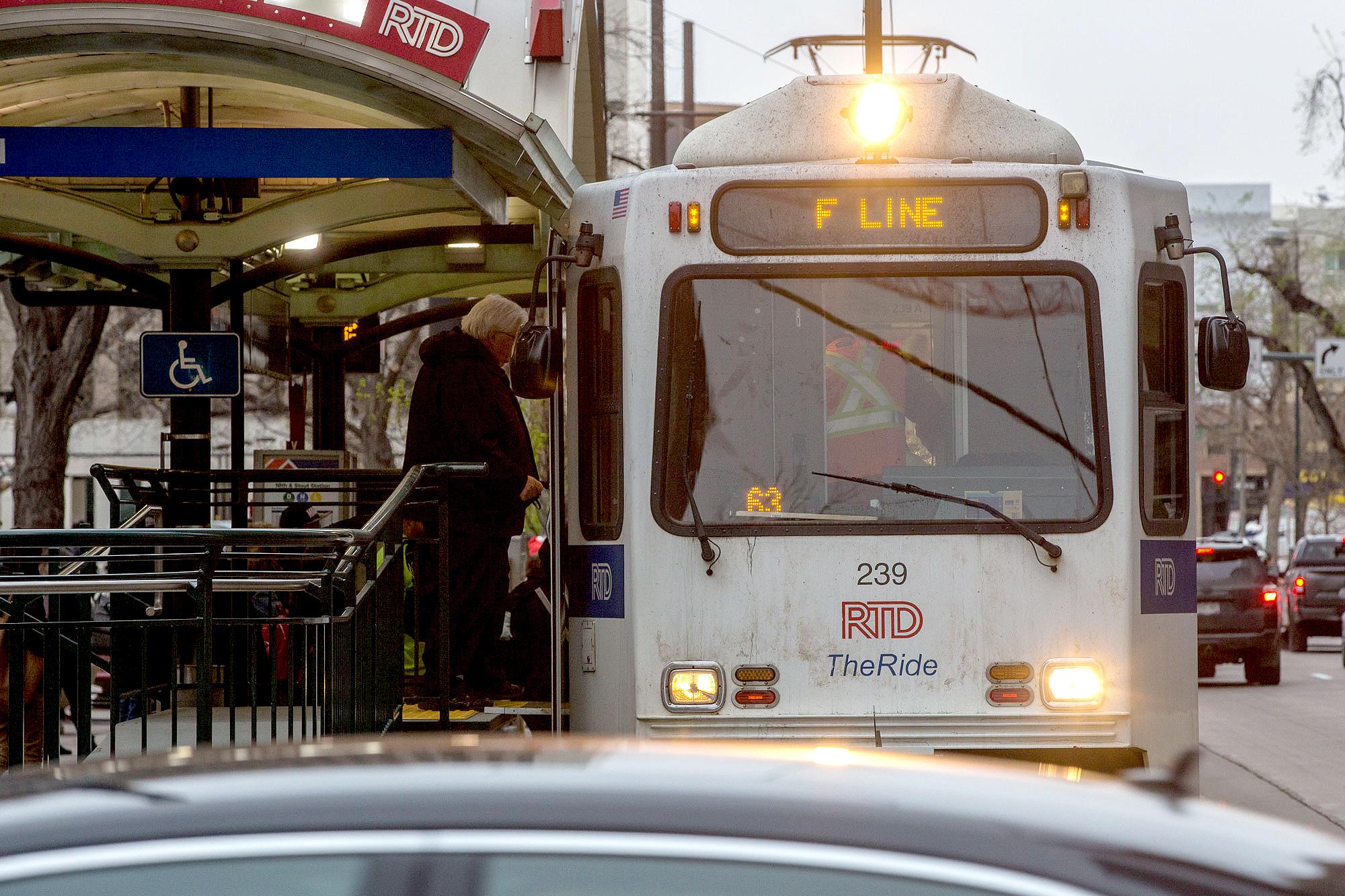
The Regional Transportation District on Wednesday formally kicked off a two-year effort that could result in fundamental changes to how the transit agency operates.
The “Reimagine RTD” process comes in the midst of a debilitating driver shortage, falling ridership, tightening budgets, delays to major rail projects and increasing competition from personal vehicles and ride-hailing services like Uber and Lyft.
It also comes as the Denver metro area continues to grow and traffic congestion worsens. That puts RTD in a unique position, said Dave Genova, RTD’s general manager and CEO.
“One of the solutions to congestion is capacity,” Genova said at a press conference at the agency’s lower downtown offices. “And that's what we have in the public transit industry that many other mobility options don't have — the capacity to move lots and lots of people on our bus system and our rail network."
New technologies will likely be a major part of RTD’s future, Genova said, referencing current partnerships with Uber and Lyft and a possible new autonomous shuttle at the University of Denver.
But perhaps more important, and more politically difficult for RTD’s elected board, will be tough decisions about where buses should run and how often. The agency could boost ridership by running buses more frequently along high-density corridors, though that would likely come at the cost of some relatively less popular routes.
"We're going to look at the entire bus network,” Genova said. “If we could pick up the bus network and put down the most efficient, best serving bus network, what would that look like?”
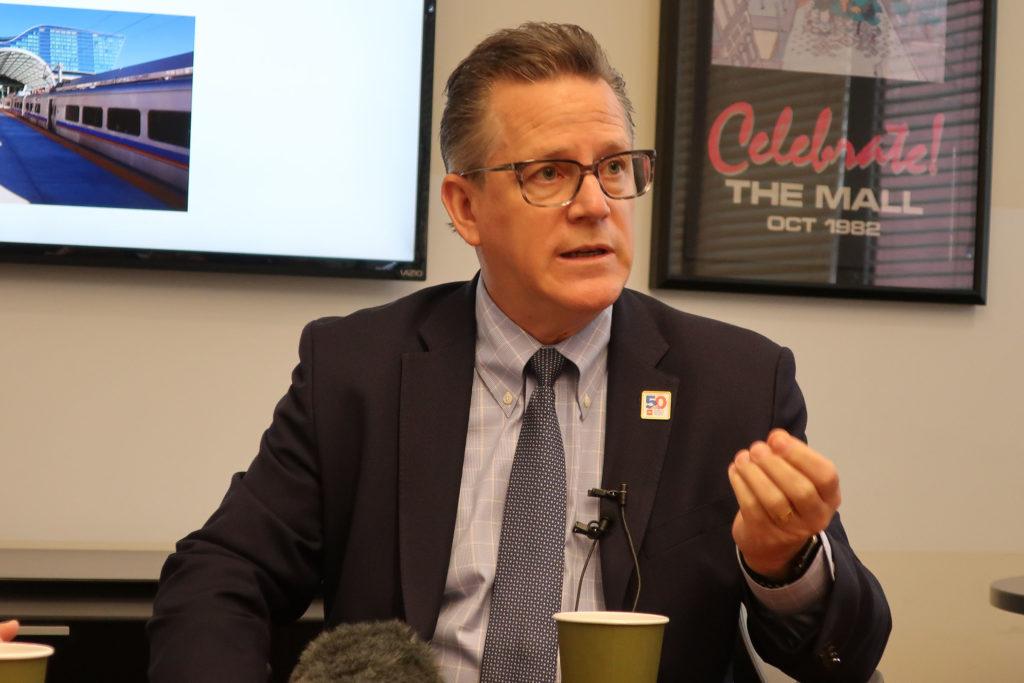
Reducing RTD’s 2,342 square-mile service area could make cutting services more politically tenable, but would also result in fewer dollars in sales tax revenue. RTD is open to making adjustments to its boundaries, Genova said.
Any changes to RTD’s existing rail network will be limited to when trains run, Genova said. And he reiterated the agency’s commitment to finishing FasTracks, the 2004 voter-approved tax increase to fund new passenger rail lines across the metro. Many of those lines are now open, but unforeseen cost increases and the Great Recession delayed a high-profile train to Boulder and Longmont by decades.
Some transit advocates have suggested that, at an estimated cost of $1.5 billion, it’s no longer worth pursuing. Genova disagreed, noting the board’s recent pledge to finish the project.
"We are committed to FasTracks,” Genova said. “We are not leaving that behind."
RTD and its consultant team, primarily from Felsburg Holt & Ullevig, will produce two plans by the end of the two-year process. One will factor in RTD’s financial limitations, and the other won’t. The latter will give RTD the opportunity to dream big, Genova said. They agency will also explore different options to raise more revenue.
The public will get a chance to tell RTD their thoughts through the process, said community engagement manager Christina Zazueta. They can offer comments on a map on RTD’s website, or post them to a digital bulletin board. Pop-up events will be held at train and bus stations, and Genova and every board member will also hold telephone town halls over the next month.
“We know what the community has to say is important,” Zazueta said. “It’s going to be a holistic approach.”

